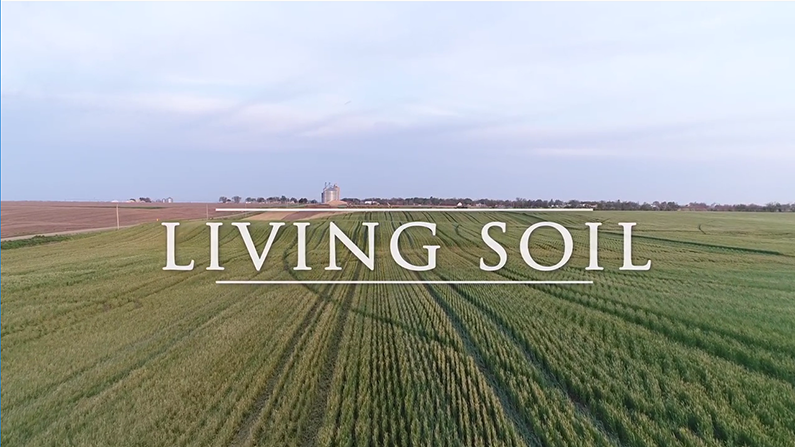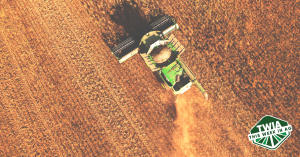The Soil Health Institute has released a 60-minute documentary, Living Soil, that captures the history — and significance — of the soil health movement.

Living Soil captures the background of the current soil health movement and its momentum, beginning with painful images of the Dust Bowl, and then transitions to personal experiences of innovative women and men who are managing their land to enhance soil health.
The film features rural and urban farmers from Maryland to California, selling everything from corn to bouquets, united by their care for the soil.
The documentary is directed by Chelsea Myers, founder of Tiny Attic, a video production company located in Columbia, Mo. that specializes in documenting real moments and real people.
To view the documentary, visit https://livingsoilfilm.com.
Related Posts

Strawberry Sweet, Corn Still Sleeping
Strawberry Sweet, Corn Still Sleeping: In celebration of National Strawberry Month, I visited Catesa Farms, where flavor—not shelf life—is the top priority. Meanwhile, back on my own farm, the corn is taking its sweet time to emerge, reminding me that in agriculture, timing is all about temperature—not the calendar.

This Week In Ag #89
Scary season is upon us. This week our doorsteps will be invaded by legions of mini goblins. Their biggest fear is receiving candy corn in their baskets. But what about farmers? What’s scaring them this Halloween?

Huma Gro® Nutrient and Fumigation Replacement Program Increases Strawberry Yields 97%
Conducted by: Pacific Ag Research Huma Gro® Products: Ultra-Precision™ Blend (Fresca CA Strawberry Mix), Promax®, and Zap® OBJECTIVE This field trial assessed the effects on strawberry yields of replacing field fumigation with periodic applications of Huma Gro® Promax® and Zap® and replacing a grower’s standard fertilizer program with irrigation-applied Ultra-Precision™ blended liquid Huma Gro® crop

